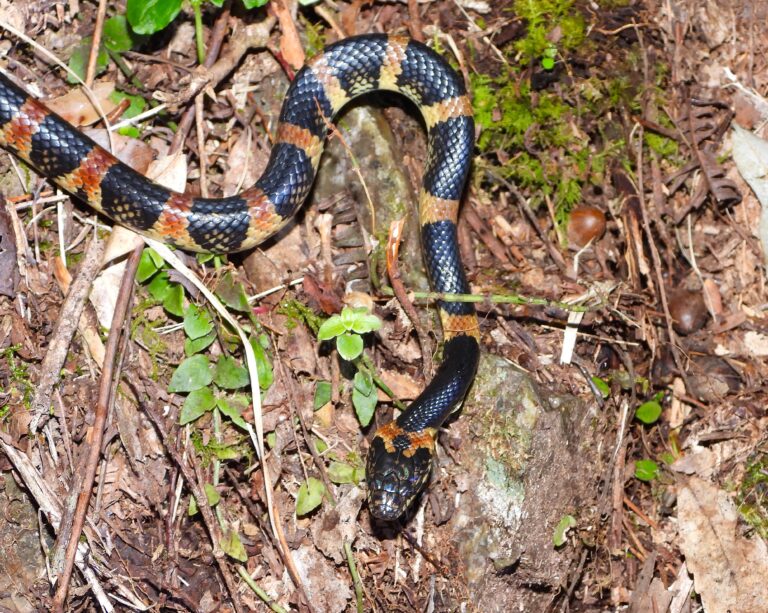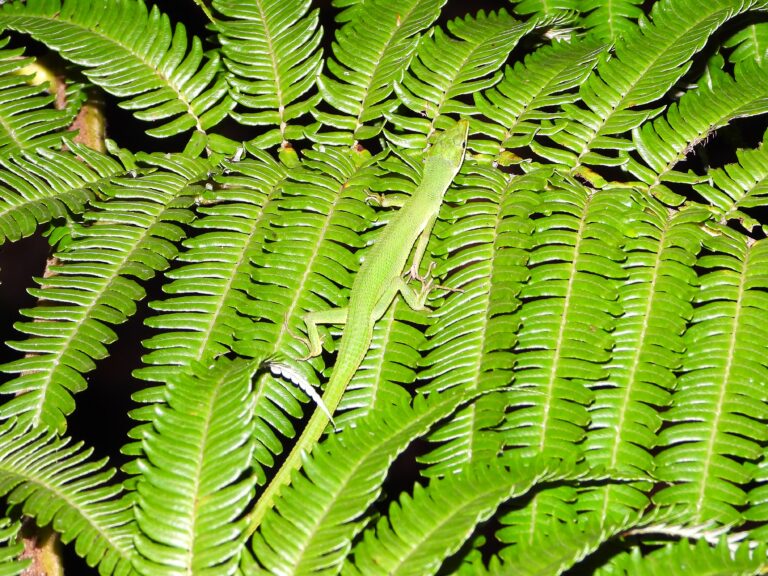Ryukyu Green Snake (Ptyas semicarinata) – Wildlife of Japan
Introduction
The Ryukyu Green Snake is a non-venomous, island-endemic colubrid found only in Japan’s Amami and Okinawa groups, with outlying records on Takara and Kodakara in the Tokara Islands. Recent taxonomic updates place it in the genus Ptyas (as P. semicarinata), though older Japanese literature still uses Cyclophiops semicarinatus.
Appearance
Adults are medium-sized, typically about 60–95 cm, with reported maxima a little over 1 m. The body is slender and green to yellow-green, sometimes gray-green or brownish. The belly is yellowish, and mid-body has 15 scale rows. Juveniles often show darker markings on the head and body that fade as they mature.
Habitat & Distribution
This species inhabits forests and forest edges from lowlands into hills, including secondary woods and moist ground near streams. It occurs naturally across the Amami and Okinawa Islands and the Tokara Islands (Takara-jima, Kodakarajima).
Where to See in Japan
In the Ryukyu and Amami regions, it can sometimes be seen crossing narrow forest roads after rainfall or moving quietly through leaf litter. For photographers and travelers, early morning or after light rain offers the best chance — but always observe without disturbing.
Behavior
The Ryukyu Green Snake is mainly diurnal but may also be active at night during warm months. It moves swiftly on the forest floor and occasionally raises the front part of its body in an S-curve when alarmed. Activity peaks between late spring and autumn, while winter sightings are rare.
Diet
Unlike most snakes, this species primarily feeds on earthworms, occasionally taking frogs or other small prey. After feeding on worms, it sometimes rubs its head on the ground — a behavior thought to remove mucus from the prey.
Reproduction
The species is oviparous. Courtship and mating have been observed in spring and late summer, with one report documenting an unusually long copulation lasting over 54 hours. Females lay several to about 10 eggs per clutch.
Conservation
The Ryukyu Green Snake is listed as Least Concern by the IUCN. However, as an island endemic, it faces local threats from habitat loss, development, and introduced predators. Preserving forest cover and minimizing road mortality are essential for its long-term survival.
Author’s Impression
Actually, the Ryukyu Green Snake in my photograph was found fatally injured by a car. It was still moving when I discovered it, but it would not survive. Roadkill is a serious problem in Japan’s forests, especially on island roads where wildlife has little chance to escape.
When driving along forest roads, please be extremely careful. Slow down, watch the road, and protect the precious lives that share it. This is my sincere request to everyone who visits these beautiful islands.







